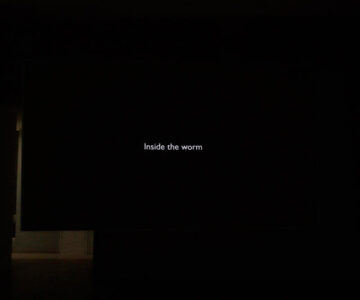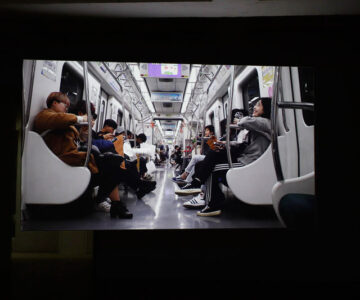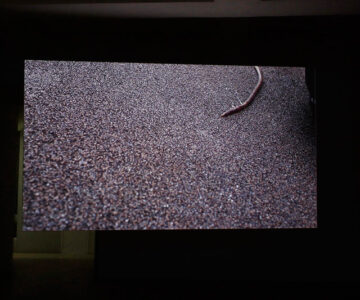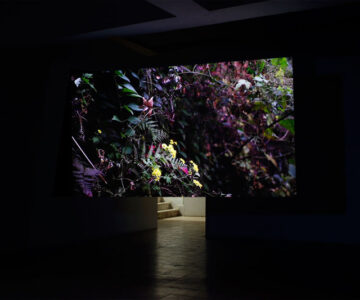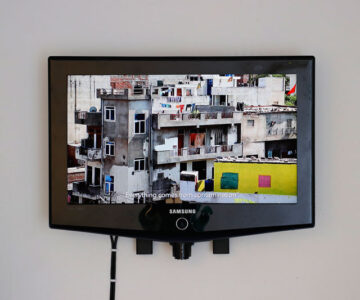António Guimarães Ferreira ‘Visão Monocular’
Exhibition by António Guimarães Ferreira from 31 May to 9 June 2019.
The human body is equipped with binocular vision. Two eyes capture an equal image that merges into the visual cortex. If there is uncoordination and the images are different, discomfort will occur. This system entails living with one image at a time.
There are cases of monocular vision in nature. Chameleons and some fish and birds can move, rotate and focus each eye independently allowing them to “see” (catch, interpret and act on) two objects simultaneously. Your brain has the ability to handle both images, which are not completely dissociated: one eye always has some knowledge of what the other is seeing and information is crossed and gathered, forcing a balance.
Surveillance cameras, endoscopes or mobile phones are also human eyes, though monocular. They accumulate recorded and editable images and their functioning and usefulness still depends on a brain interpretation. The vision these eyes produce allows a succession of binocular and monocular views that can operate as extensions of individuals, a group, or society at large.
“Monocular vision” is a body with several independent eyes capable of merging / weighting different images. Possessing a complex cortex, it proposes a way of looking at the world that takes advantage of the multiple points of perception available to build from disparity.

